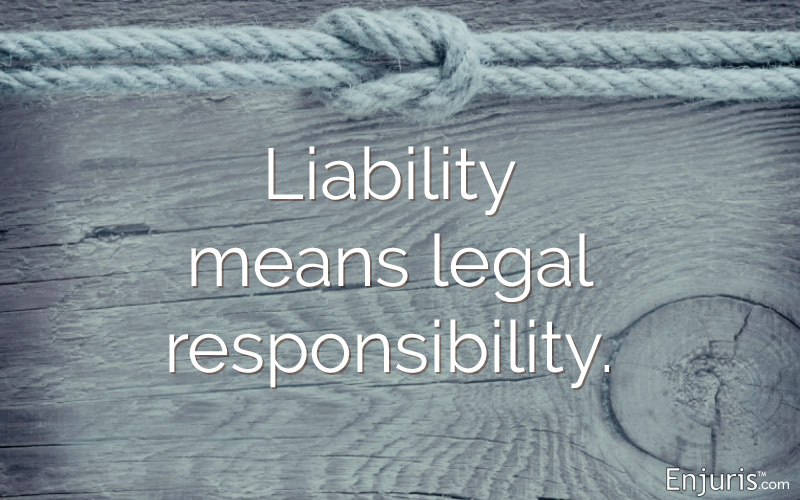A civil action is a lawsuit filed by a private person (not the government) against another private person. If you intentionally or even mistakenly injure someone or damage someone's property, you could end up being responsible for paying for the other person's losses. This is known as "civil liability".
The word “liability” means responsibility for the harm or damages suffered by the plaintiff. A person found liable in a civil action, upon a verdict in favour of the plaintiff, must pay the monetary damages.

Civil actions are categorised according to the type of injury or damage involved. They include "torts" (a French word that simply means "wrong," such as personal injury and wrongful death (wrongful death is a claim against a person who can be held liable for a death), contract disputes, product liability claims, and business disputes (such as patent infringement claims).
Example: A civil lawsuit would be a lawsuit by a person injured in a vehicle accident against the driver of the vehicle who caused the accident.
See the sections below for more on these types of civil cases.
Intentional Torts: Purposeful Acts
Some civil wrongs result from intentionally “bad” acts, such as intentional fraud, damaging, lies, and employment discrimination. In these cases, the plaintiff must prove that the defendant purposely engaged in certain conduct, for example, by offering evidence that the defendant had spread false rumours that the plaintiff had engaged in a crime, knowing that the rumours were false.
Negligence Liability: Accidents
Not all civil actions involve intentional conduct by the defendant. Plaintiffs in many civil cases claim that the defendant acted negligently and that this negligence caused their injuries or loss. In such cases, the plaintiff need not show any intent at all on the part of the defendant. But, the plaintiff must show that the defendant had a duty to exercise due care in taking certain actions and failed to take such care.
Example: an employee or customer brings a personal injury lawsuit against a shop owner or contractor who didn't promptly take care of a spill that caused a customer to slip and result in injuries.
Vicarious Liability
At times, the law imposes responsibility for civil wrongs on people or entities other than those actually engaging in the conduct that led to injury or damage. This is called vicarious liability. For example, an employer may be held vicariously liable for an employee’s sexual harassment of another employee, if the employer knew about the harassment and failed to address it effectively.